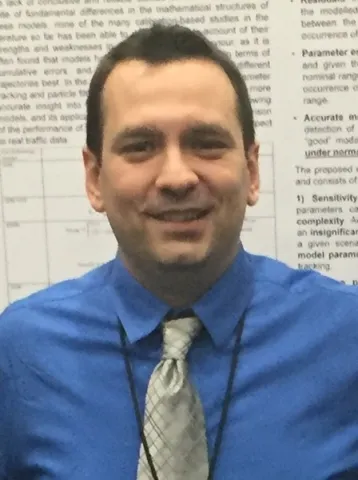Project overview
Digital journey planning has become an important part of the travel experience. Increased proliferation of mobile devices, coupled with transport data being made available by authorities under an ‘open access’ model, has created a multitude of websites, apps, and technological platforms that are used by travelers. In particular the use of mobile apps is increasingly becoming a key component of mobility, with travelers and operators alike recognising their benefits in making trips quicker and more efficient.
Product design is central to this trend, and has been recognised as an important means to improving customer experience. A widely used design approach in the computer science field is the so-called “User-Centred Design” (UCD), which places end-user needs, rather than engineering goals, as the starting point and as the central driver of system design requirements. UCD also defines an iterative process, through which these user needs can be embedded into both system functionality and user interface. When it comes to the development of transport mobile apps, however, examples of a structured, well-defined UCD process are rare, with the approach adopted usually being largely “ticket-oriented” and often prioritising system interoperability and the demands of numerous stakeholders over the needs of end-users.
The objective of this project was to create a mobile transportation app prototype within a structured and methodical UCD process in order to give user needs a more central role in the design. This approach holds the potential to make digital services, such as journey planning, more responsive to user habits and needs, as demonstrated in other domains such as healthcare and e-commerce. This in turn will make user interactions more efficient, benefitting the individual traveler, but also the transport system as a whole.
Product design is central to this trend, and has been recognised as an important means to improving customer experience. A widely used design approach in the computer science field is the so-called “User-Centred Design” (UCD), which places end-user needs, rather than engineering goals, as the starting point and as the central driver of system design requirements. UCD also defines an iterative process, through which these user needs can be embedded into both system functionality and user interface. When it comes to the development of transport mobile apps, however, examples of a structured, well-defined UCD process are rare, with the approach adopted usually being largely “ticket-oriented” and often prioritising system interoperability and the demands of numerous stakeholders over the needs of end-users.
The objective of this project was to create a mobile transportation app prototype within a structured and methodical UCD process in order to give user needs a more central role in the design. This approach holds the potential to make digital services, such as journey planning, more responsive to user habits and needs, as demonstrated in other domains such as healthcare and e-commerce. This in turn will make user interactions more efficient, benefitting the individual traveler, but also the transport system as a whole.
